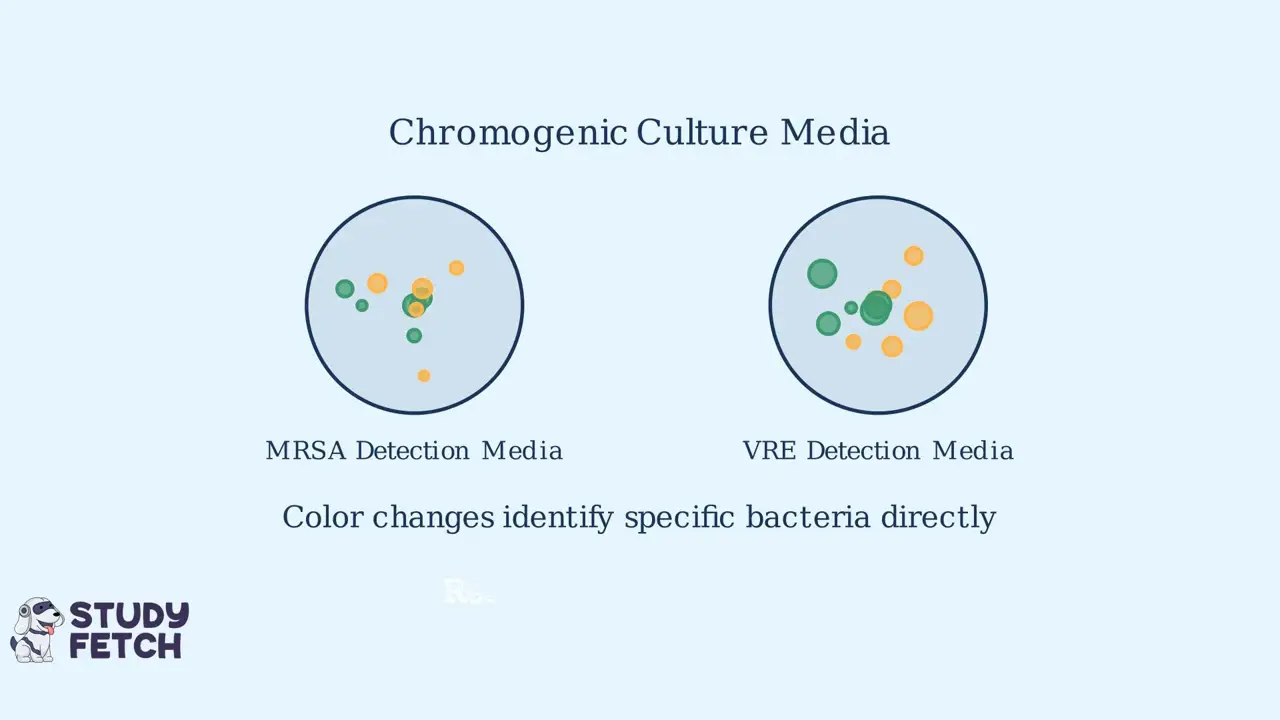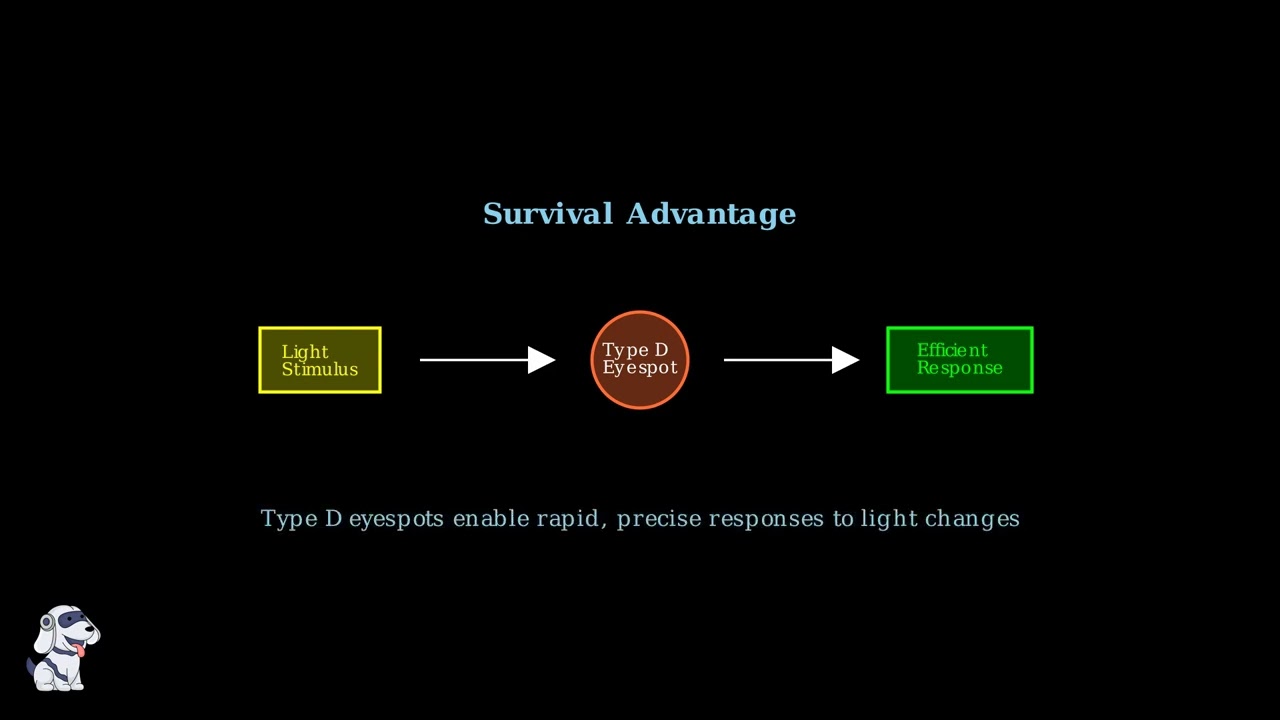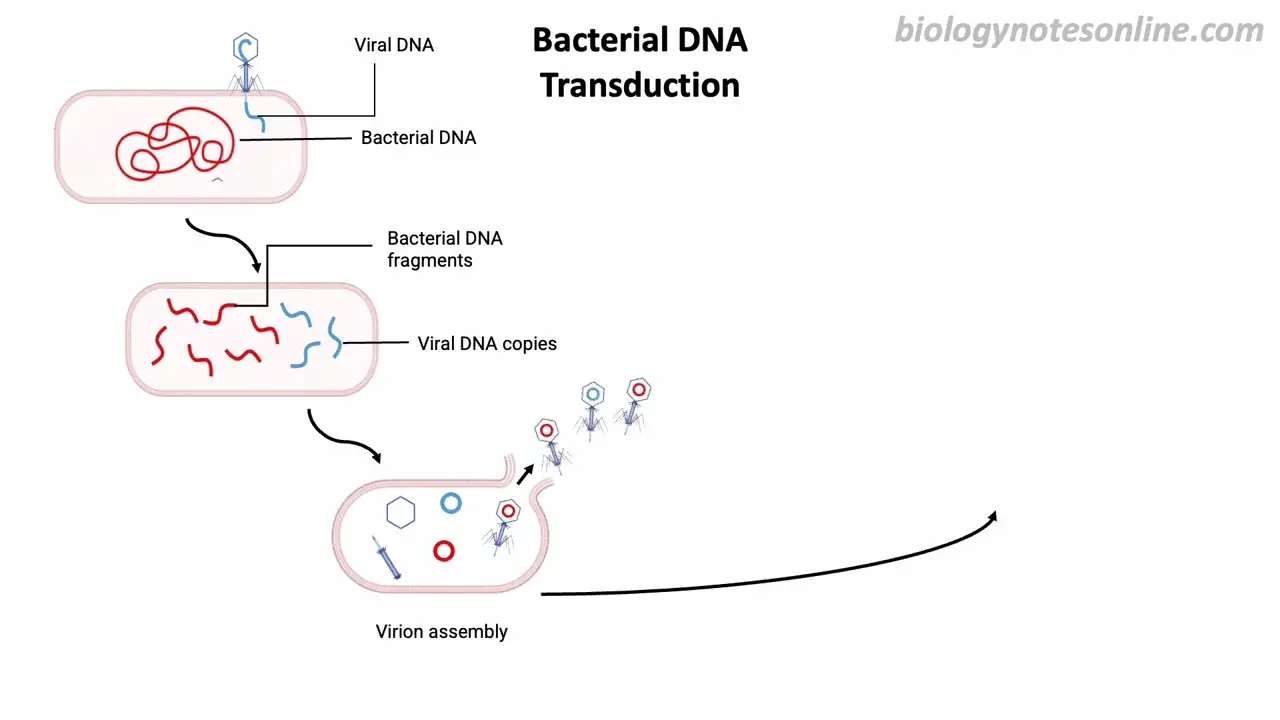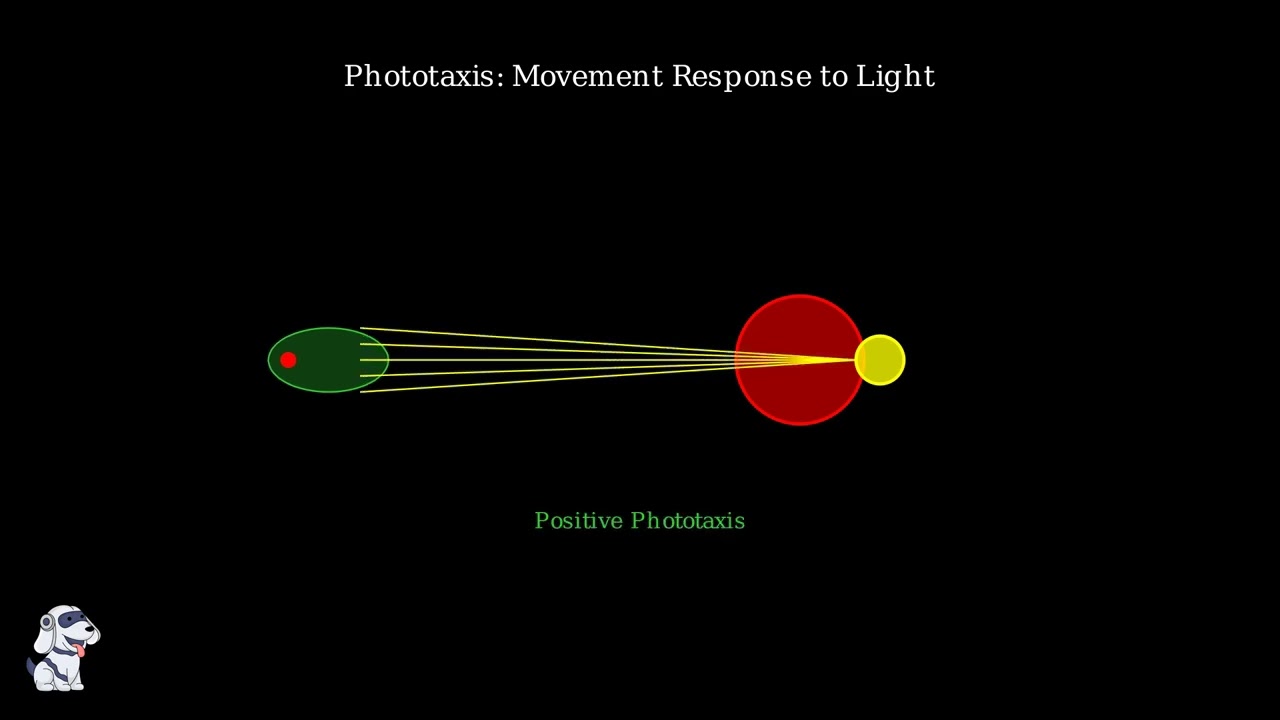Sourav Pan
Transcript
Biosafety is the application of safety precautions that reduce the risk of exposure to infectious materials and limit contamination in laboratory settings.
Biosafety protocols are critical in laboratory settings to protect three key elements:
First, researchers themselves are protected from laboratory-acquired infections and injuries.
Second, the surrounding community is safeguarded from the accidental release of pathogens.
And third, the environment is protected from contamination that could affect ecosystems and wildlife.
Biosafety involves three core components that work together to create safe research environments:
First, laboratory practices include standard operating procedures, proper technique, and comprehensive training for all personnel.
Second, safety equipment such as biological safety cabinets and personal protective equipment provide physical barriers against exposure.
Finally, facility design features like specialized room layouts, air handling systems, and containment barriers prevent the spread of biological materials.
Before we explore biosafety levels in detail, let’s review the key principles of biosafety:
First, risk assessment determines appropriate safety measures. Second, multiple layers of protection work together. Third, safety is everyone’s responsibility in the laboratory. And finally, biosafety levels guide procedure implementation.
With these foundational principles in mind, we can now explore the different biosafety levels that guide laboratory practices.
Biosafety levels form a risk-based classification system used worldwide for biological containment.
Each level builds upon the previous one, adding increasingly stringent safety measures as the potential risk increases.
Biosafety Level 1 is suitable for work with agents of minimal potential hazard, using standard microbiological practices.
Biosafety Level 2 addresses moderate hazards, adding restricted access and biohazard warning signs.
Biosafety Level 3 is designed for high-risk agents, implementing controlled access and specialized ventilation systems.
Biosafety Level 4, the highest level, is reserved for life-threatening agents, requiring airlocks, dedicated systems, and positive pressure suits.
Selecting the appropriate biosafety level requires a comprehensive risk assessment.
Pathogenicity considers the severity of disease and the infectious dose required.
Transmission route examines how the agent spreads, whether by direct contact, airborne particles, or other means.
Host range evaluates the variety of species the agent can infect.
Available treatments assess whether vaccines, therapeutics, or antibiotics exist.
Environmental stability determines how long the agent can survive outside its host.
The biosafety levels follow several key containment principles.
Understanding these biosafety levels and principles is essential for safe laboratory work with biological materials.
Biosafety Level 1 represents the most basic level of containment.
BSL-1 is suitable for well-characterized agents that pose minimal hazards to laboratory personnel and the environment. Work can be conducted on open laboratory benches using standard microbiological practices.
In a BSL-1 setting, work is typically performed on open bench tops. The laboratory doesn’t need to be isolated from the general building, and specialized containment equipment isn’t required.
Common examples of BSL-1 organisms include Escherichia coli K-12, Bacillus subtilis, and various yeasts like Saccharomyces cerevisiae, commonly known as baker’s yeast. These organisms are well-characterized and unlikely to cause disease in healthy adults.
Standard safety practices for BSL-1 include regular handwashing, prohibiting food and drink in the laboratory, decontaminating work surfaces, proper waste disposal, and minimal personal protective equipment such as lab coats and gloves.
Although BSL-1 is the most basic biosafety level, proper training and strict adherence to protocols remain essential. This includes initial laboratory safety training, specific protocol training, documentation of procedures, and annual refresher courses.
To summarize, BSL-1 is the lowest biosafety level, suitable for well-characterized, non-pathogenic agents. It requires standard microbiological practices performed on open benches. While the risk to personnel and the environment is minimal, training and protocol adherence remain crucial for safe laboratory operations.
Biosafety Level 3 facilities are designed for work with dangerous pathogens that pose significant health risks.
BSL-3 is specifically designed for work with indigenous or exotic agents that may cause serious or potentially lethal disease through respiratory transmission.
The key characteristics of BSL-3 pathogens include their potential for respiratory transmission, their indigenous or exotic origin, and their ability to cause serious or lethal disease.
BSL-3 laboratories require specialized engineering controls to contain these dangerous pathogens.
These include negative pressure rooms that prevent air from flowing outward, HEPA filtration systems that clean the air, and controlled access with double-door entry systems.
Several notorious pathogens require BSL-3 containment for safe handling.
Examples include Mycobacterium tuberculosis, SARS Coronavirus types 1 and 2, MERS Coronavirus, Yellow fever virus, and West Nile virus. These pathogens can cause severe respiratory diseases with potentially fatal outcomes.
Working in a BSL-3 facility requires rigorous training and strict operational protocols.
Personnel must have advanced microbiological training, participate in medical surveillance programs, strictly adhere to entry and exit procedures, follow comprehensive biosafety manuals, and ensure the facility undergoes regular inspections and certifications.
BSL-3 facilities represent a critical containment level that balances the need to work with serious pathogens while maintaining strong protections for laboratory workers and the surrounding community.
Primary barriers are the first line of defense in biosafety.
They are defined as equipment and personal protective equipment that create separation between laboratory personnel and hazardous biological materials.
Primary barriers fall into two main categories: engineering controls and personal protective equipment.
Engineering controls include biosafety cabinets, which provide protection for the user, product, and environment through HEPA filtration.
Chemical fume hoods are another type of engineering control, primarily designed to protect the user from chemical vapors, not for biological containment.
Centrifuge safety cups and sealed rotors are critical engineering controls that prevent aerosolization of biological materials during centrifugation.
Personal protective equipment forms an essential barrier between laboratory workers and biological hazards.
Basic PPE includes laboratory gloves, lab coats, and eye protection. Higher biosafety levels require additional items like respiratory protection and dedicated footwear.
Selecting appropriate primary barriers begins with a thorough risk assessment.
The risk assessment considers the biological agent characteristics, procedure hazards, laboratory staff competency, and facility capabilities.
Based on these factors, appropriate primary barriers are selected and implemented to ensure safe handling of biological materials.
In summary, primary barriers are essential components of biosafety practices.
They form the first line of defense, include both engineering controls and personal protective equipment, and must be selected based on thorough risk assessment. Requirements increase with biosafety level, and they must be used alongside proper training and procedures.
Secondary barriers are the facility design features that protect people outside the laboratory and the environment.
Secondary barriers consist of several key elements. These include specialized ventilation systems that filter air, airlocks and anterooms that separate lab spaces, controlled access zones that restrict entry, decontamination facilities for cleaning, and waste management systems.
Secondary barriers become increasingly sophisticated as we move from lower to higher biosafety levels.
Biosafety Level 1 requires only basic barriers like handwashing sinks and standard laboratory design. BSL-2 adds self-closing doors, eyewash stations, and access to an autoclave.
At Biosafety Level 3, secondary barriers become much more sophisticated, including controlled access zones, HEPA-filtered ventilation systems, and airlocks between laboratory spaces.
The highest level, BSL-4, requires completely isolated facilities with dedicated air and vacuum systems, chemical showers for decontamination, and comprehensive effluent treatment systems.
Ventilation systems are critical secondary barriers, especially in higher biosafety levels. HEPA-filtered exhaust systems maintain negative air pressure, ensuring air flows into the lab rather than out, trapping potentially dangerous particles.
Airlocks create transition spaces between laboratory zones. They prevent simultaneous opening of doors, maintain pressure differentials, and may include changing areas and decontamination showers. Access control systems restrict entry to authorized personnel only.
In summary, secondary barriers are critical facility design features that protect people outside the laboratory and the environment. They become increasingly sophisticated at higher biosafety levels, ranging from basic handwashing sinks at BSL-1 to completely isolated facilities with dedicated systems at BSL-4.
Risk assessment is the foundation of laboratory biosafety and determines which biosafety level is appropriate for a given situation.
The risk assessment process involves four key steps that form a continuous cycle.
When conducting a risk assessment, several key factors must be considered to determine the appropriate biosafety level.
These factors help determine the risk level, which corresponds to the appropriate biosafety level for handling the agent.
Remember that risk assessment is not a one-time event but an ongoing process that must be regularly updated.
Proper risk assessment ensures that biological materials are handled at the appropriate biosafety level, protecting laboratory workers, the community, and the environment.
Study Materials
No study materials available for this video.
Helpful: 0%
Related Videos









- Text Highlighting: Select any text in the post content to highlight it
- Text Annotation: Select text and add comments with annotations
- Comment Management: Edit or delete your own comments
- Highlight Management: Remove your own highlights
How to use: Simply select any text in the post content above, and you'll see annotation options. Login here or create an account to get started.